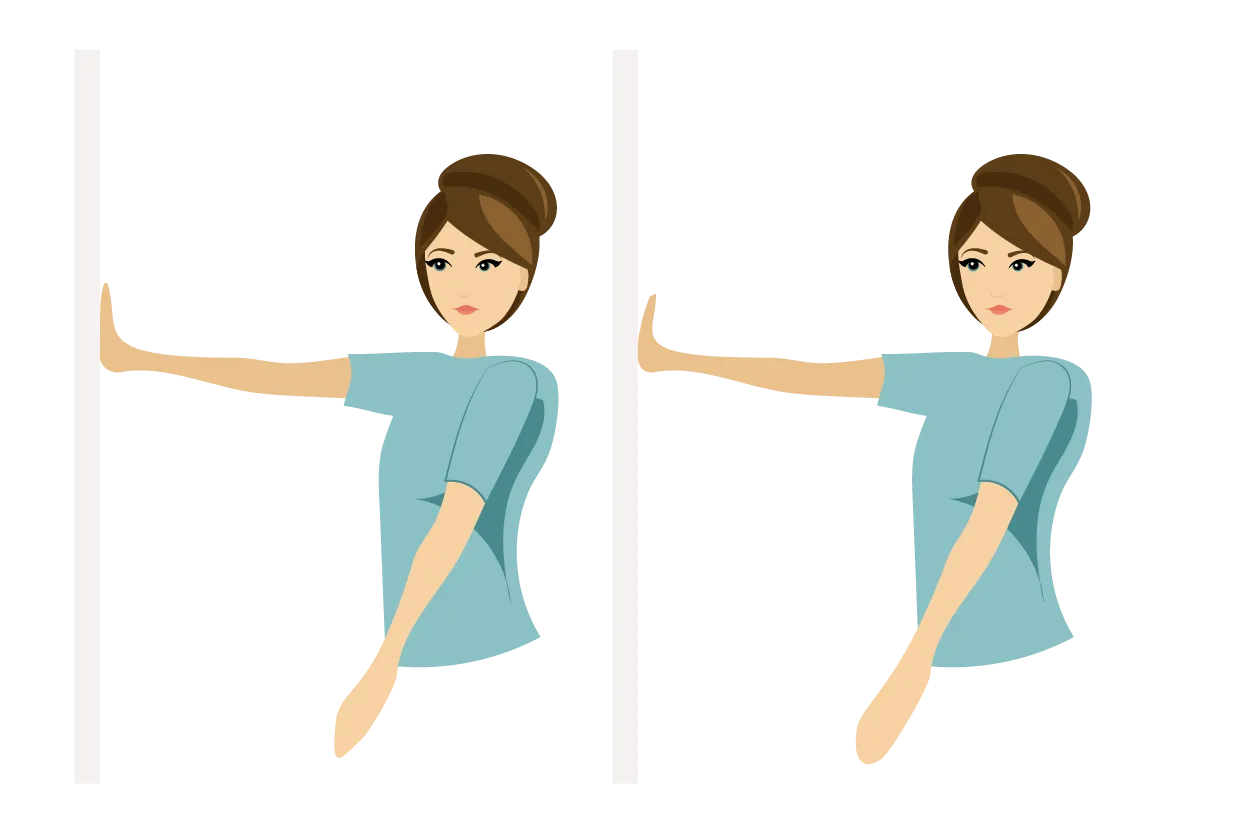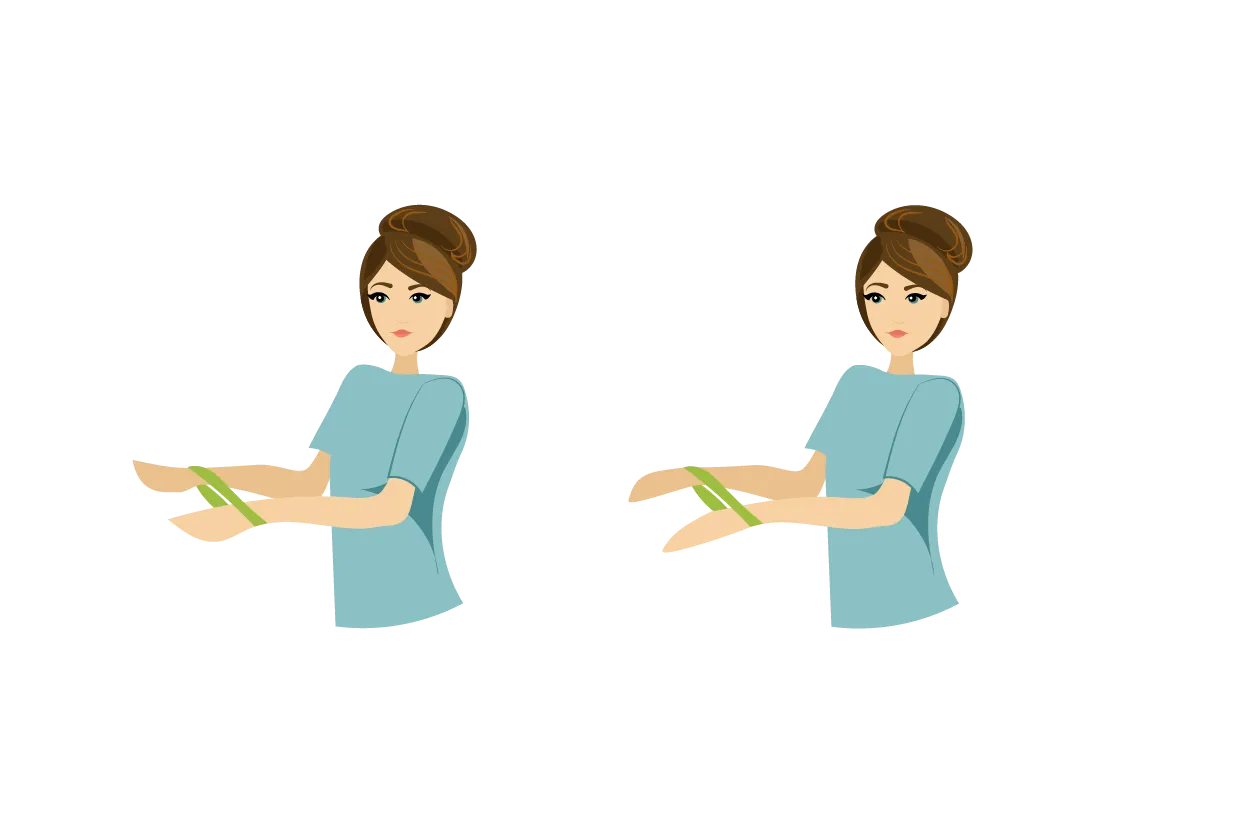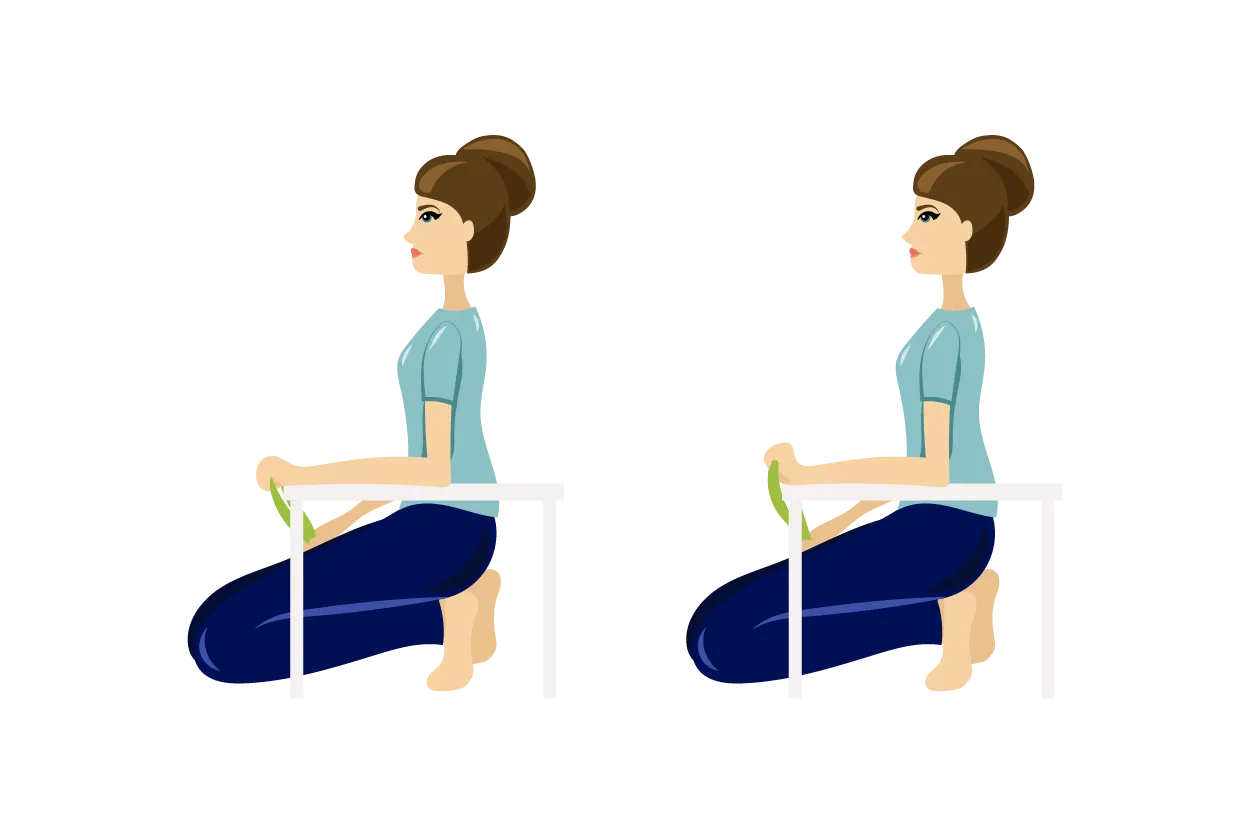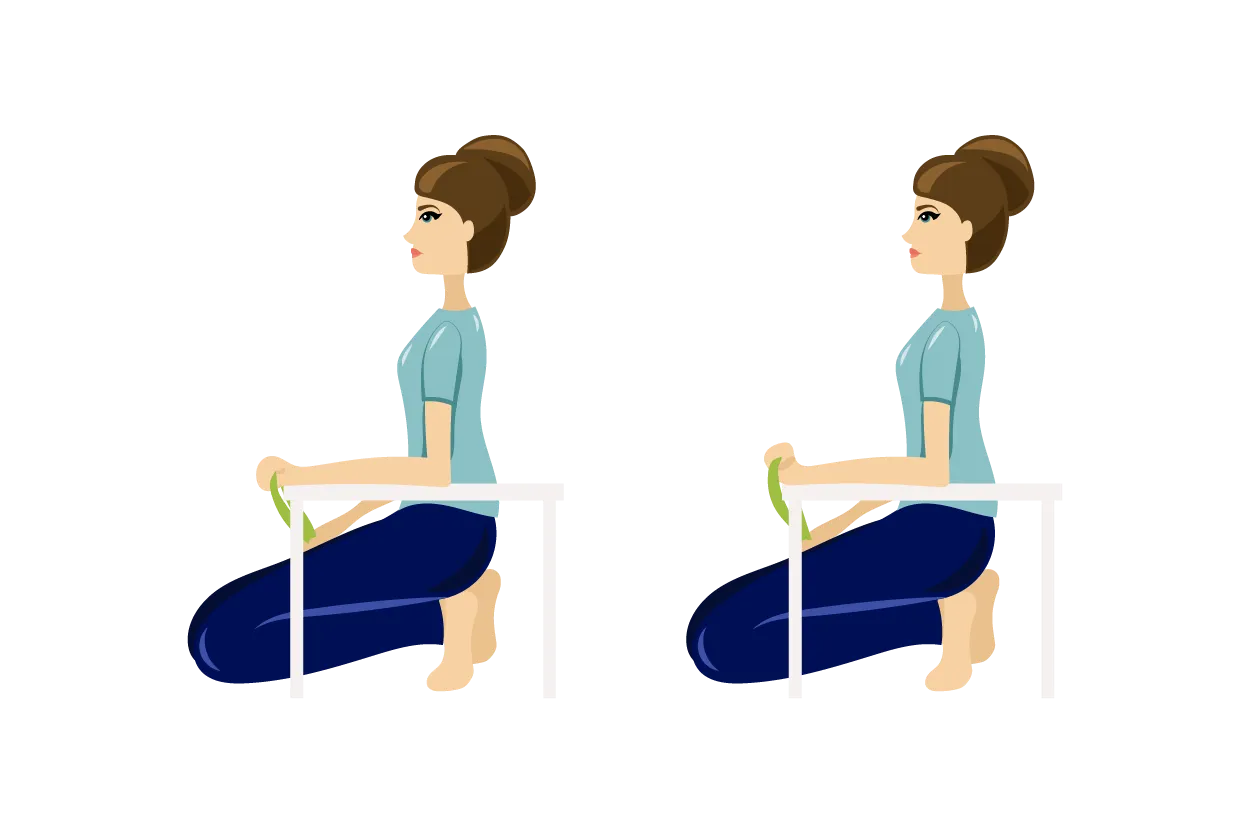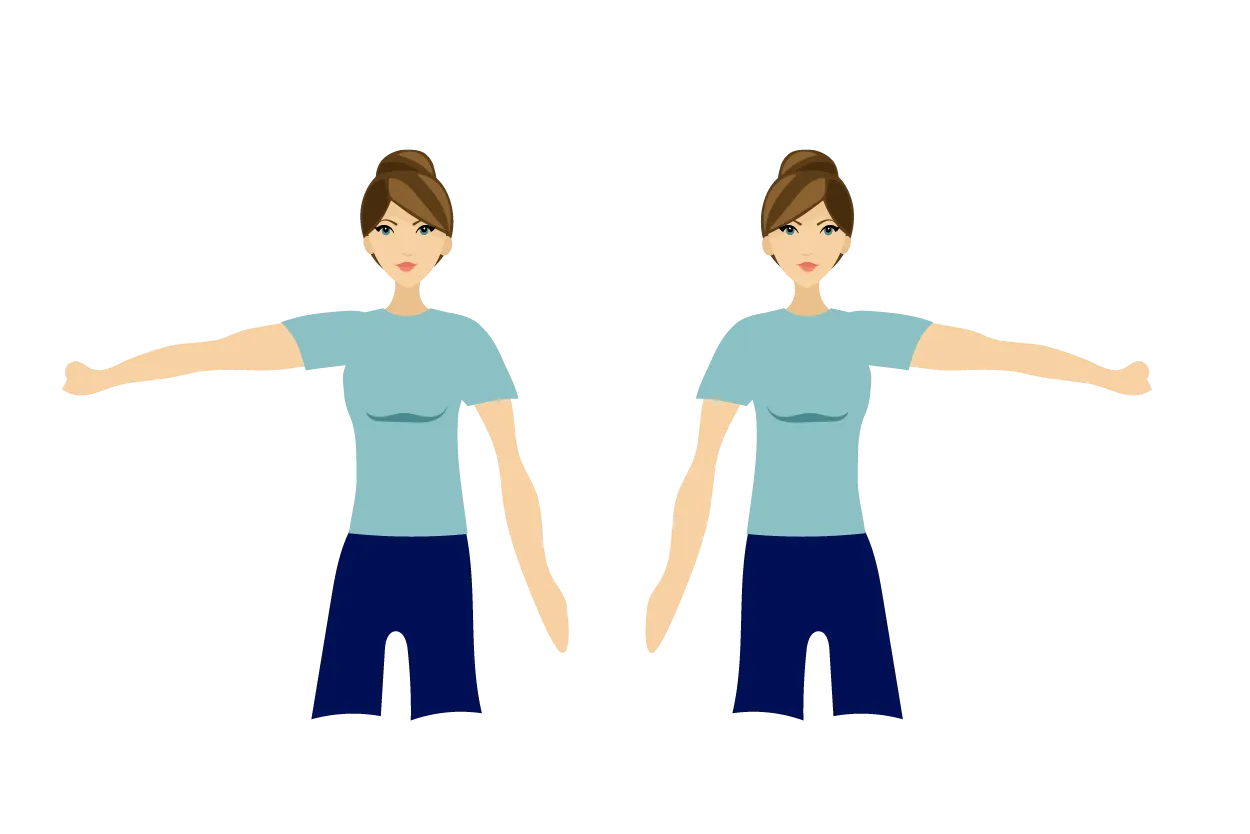Causes and Symptoms
If your job involves many repetitive movements with your hands, such as in office work or caregiving tasks, these movements can lead to overloading of the joints, muscles, and tendons in the wrist. You may also experience discomfort in your thumb.
Symptoms can include pain, stiffness, reduced strength, or slight swelling in the wrist. You may also feel tenderness in the forearm muscles or possibly irritation in the wrist when using your thumb. Additionally, wrist pain can cause pain in your elbow as you naturally try to avoid the pain from your wrist and therefore compensate with other parts of your body.
If your pain has arisen due to trauma, it’s a good idea to consult your doctor before following the advice and exercises provided below.
What can you do yourself?
The pain in the joint arises due to the repetitive movements you often make with your hands. The same strain is placed on the joint, and the same muscles are used constantly. You can prevent discomfort by trying to vary your wrist movements in your daily work and performing the exercises listed below.
If you have a particularly tender/swollen spot where the thumb meets the wrist, a wrist guard with a thumb brace can help you become more aware of your thumb and wrist movements.




